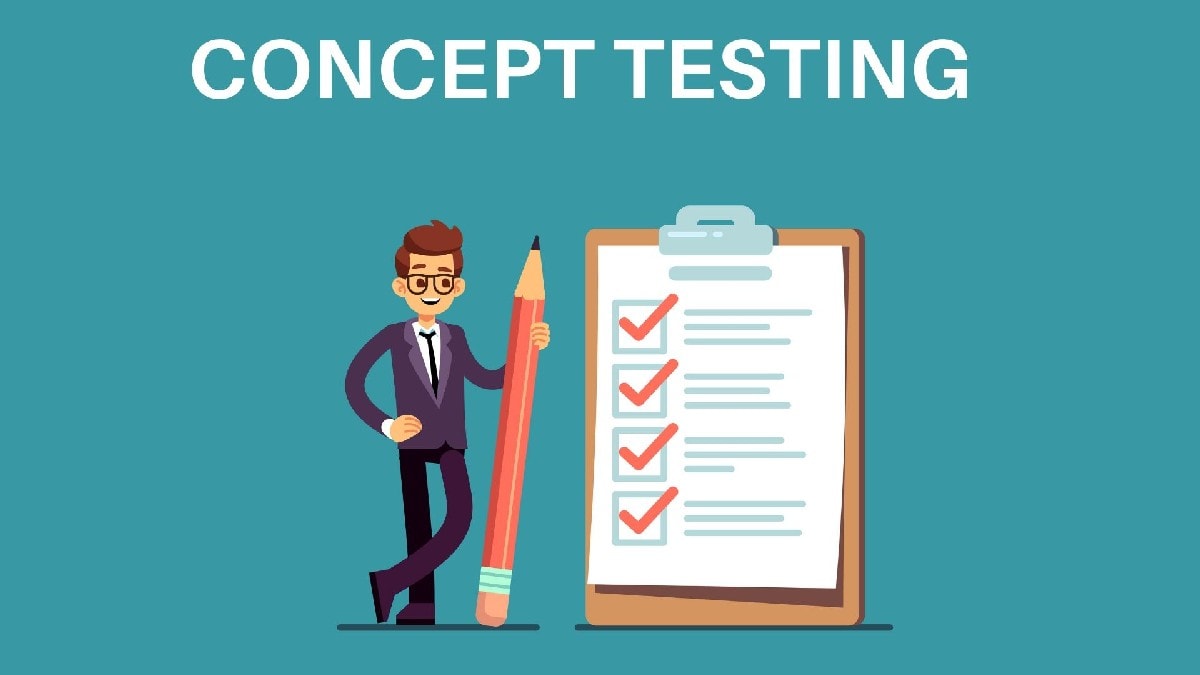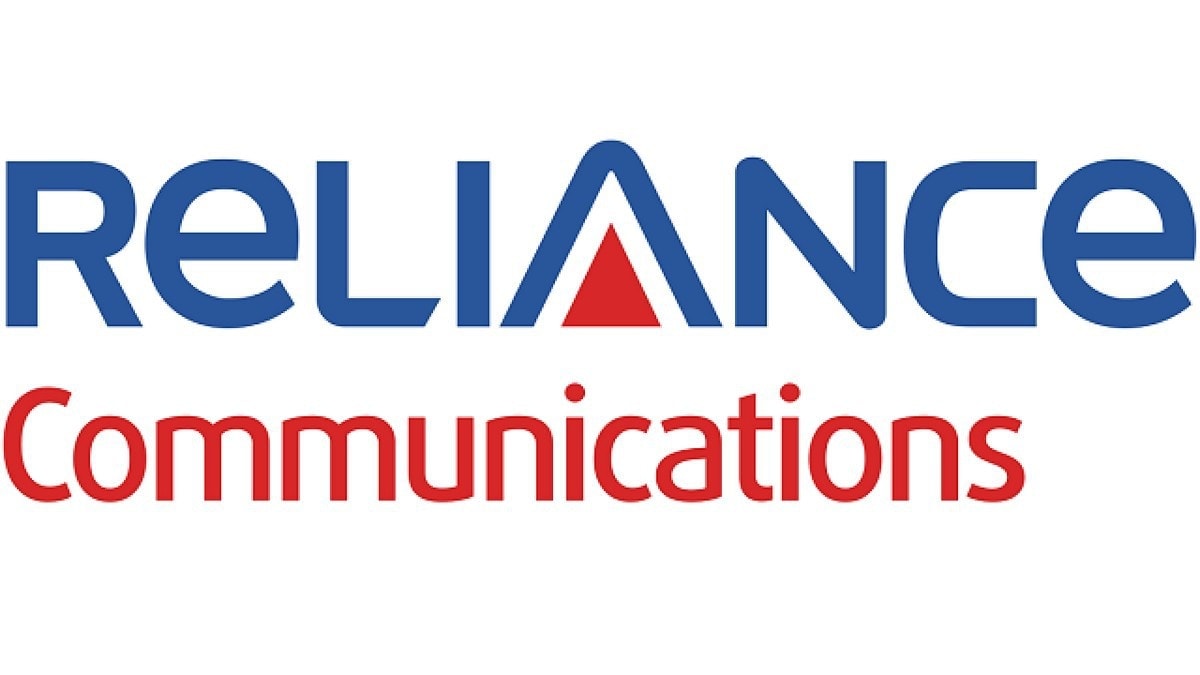
What is Concept Testing for Products? Definition and Objectives | Marketing91
What is Concept Testing for Products? Definition and Objectives
Concept testing is an excellent mechanism through which any company can identify the feasibility of its product, service, design, or marketing in the target market and move ahead with the right concepts or ideas. Moreover, concept testing will spot the opportunities and threats that are better if fixed at the right time.
According to stats, around 95% of new products fail, therefore it is important to validate your concept via concept testing methods before starting the product development. This will help businesses in revealing the strengths and weaknesses of their product that saves it from failing in the market.
Table of Contents
What is Concept Testing?
Definition: Concept testing is defined as a market research method that refines the concepts of your product, ad, logo, landing page, etc by asking questions and taking feedback from your target audience before actually launching them.
It will help you gauge the readiness and acceptance of your customers for your product or service to optimize the chances of ensuring successful product launches.
Apart from product concepts, ad campaigns can also be tested through concept testing. They can be evaluated with the help of the target customers before they are aired on a mass scale. This will help make the required tweaks in the campaigns to remove the barriers that hinder them from realizing their unlimited potential.
Why use Concept Testing?
The feeling of seeing one’s company’s product tank is not a pleasant one. However, it is better to be safe than sorry when deciding to launch a product. So, before the actual launch, it is invariably a good idea to test the concept of the product. This is what concept testing is all about.
Concept testing can help companies gain deep insights into the probability of the products’ success. Using a concept testing survey, they can get to know their customer segments better and make modifications to their products as per the feedback they receive. This will ultimately make their target audience buy into the products’ concept.
Concept testing reveals some vital information about the product that was earlier unknown to the business. With the data collected from the survey, it becomes easy to make sure that the product is highly customized to suit the target audience’s needs.
Moreover, creating a concept testing survey is not a challenge as it can be efficiently designed online. An important thing to remember is that the questionnaire should be full of relevant questions. It should not at all be straying from what needs to be asked. Also, it should be designed to make it easy for the audience to answer.
When to use Concept Testing
Testing of multiple concepts needs to occur at the last stage of product discovery in which you introduce a product concept to your target audience. This will help you find out if it is good to move ahead with the idea.
The process of concept testing is an iterative part that should be used during the product development process at different stages for checking and validating your key decisions. Hence, concept testing can be used multiple times in the development of products and services from the ideation stage to the launch.
Some of the key points in the product development process when may conduct concept testing are-
- Discovery and ideation stage
- During the design stage
- Before the product launch
How to Use Concept Testing
Some of the key steps that should be followed during the concept testing process are-
1. Setting a goal for your test
The very first step of concept testing is setting a goal for it. Your goal should check the precise aspect of your product or service, for example- it should check whether your target market would find your product useful enough to opt for it.
2. Asking the right questions to the right target audience
Using the right language and phrasing questions in the correct manner is very crucial for effective concept testing. It should be asked in a manner that your audiences can understand them, so you can get result-driven feedback.
Your research questions should reveal key insights important for validating your concept. It should also suggest what is lacking in your product or service.
3. Delving deep into your target audience
Using concept testing for idea validation will only be fruitful if you do it with the right participants. Their feedback would act as guidance for improving your product ideas and product testing. Kowing their exact needs will not only help you add new features to improve your existing products.
Benefits of Concept Testing
Some of the notable upsides of concept testing methods are-
1. Time-Saving and Cost-effective
Only 5% of the total newly launched products have been able to become successful in the market. The rest of them failed as they were not adequately tested before being rolled out. In their case, it was not just the products that got wasted but also the amount of effort, time, and money that went into creating them.
That’s not to say that concept testing does not involve any costs, but the benefits, in the long run, are often more than the investment made. Also, this amount is nothing compared to the resources that get wasted when the product fails.
2. Ensures Validity
Launching a product without complete knowledge of the target market can be unnerving. However, it is the kind of risk that is worth not being taken. Through concept testing, it becomes easy to ensure the validity of the product, which can then be launched into the market without any doubts.
There will be a lot of essential data and information at the company’s disposal after it is done with concept testing. That information can be leveraged to its advantage to make alterations in its product to appeal to the target market.
3. Explore New Business Avenues
Concept testing can help a business to explore a goldmine of avenues. It opens up so many opportunities to help it decide if it wants to modify the product’s features or opt for a business pivot.
A company can make just enough assumptions for its concept to appear great. But unless it does the testing, it won’t be able to figure out whether that product satisfies its target customers or not.
The goal should be to find out the failures in the product’s features early on to avoid facing disappointment later.
Concept Testing Methods
There are four methods that you may use for concept testing of your product idea-
1. Single-concept Evaluation or Monadic Testing
Single-concept evaluation, also known as Monadic Testing, is all about evaluating a single idea or concept in detail. It reveals objective and unbiased results quickly. It involves informing the customer segment about the product’s features to give fair and just feedback.
However, this approach can be expensive, time-consuming, and may demand more responses to be evaluated.
2. Multi-concept Evaluation or Sequential Monadic Testing
Multi-concept evaluation is different from single-concept evaluation in the sense that it requires more than one concept to be evaluated at once. After assessing one idea, the respondents get on to analyze another concept.
This proves to be a cost-effective approach. However, it can take up a lot of time and does not even guarantee an unbiased response.
3. Concept Selection or Comparative Testing
Concept selection requires the participants to evaluate more than or equal to 2 concepts. They are then supposed to choose one of them, preferably the one they like, and give the justification.
This type of testing does not provide a detailed analysis but is easy to conduct.
4. Concept Selection and Single-concept Evaluation or Comparative Monadic Testing
In this, Concept selection and concept evaluation both the approaches are conducted simultaneously. Respondents select the concept that appeals to them the most and then do a detailed analysis of it. It can help to ignore irrelevant assumptions.
This approach may consume more time than usual, but at the same time, it provides some of the best results.
How to Design a Survey for Concept Testing?
1. Define the Survey’s Goal
Having a clear idea about what the company is trying to achieve through the survey is essential. That way, it can design questions easily to get the desired results. It does not serve any purpose if the questions are entirely unrelated to the objective.
2. Group the Questions Based on Different Topics
Grouping is an essential activity as it can help sort the questions according to the topics. If there’s one thing that can get some valuable data from the respondents, it is an organized survey. Try to make it as convenient as possible for the participants to answer the questions.
If similar questions are grouped, the respondents will find it easy and comfortable to give a meaningful response.
3. Include Likert Scales
Including Likert scales in the survey allow the participants to rate their response. The scale can have 5 to 7 points in the answer. This eliminates the need for the respondents to overthink before marking their answers. It also eases the process of data analysis.
4. Add Images
The significance of images in surveys can’t be ignored. If a company wants to get feedback for its logo, then without providing the image, it won’t get the desired answer. It would be rather absurd if it uses text to describe its logo.
A picture is something that anyone can easily process and therefore eliminates any bias. A company can test different logo ideas by providing their images to the participants and then going for the most liked one.
5. Ask Demographic Questions
Demographic questions involve asking the participants about their details. These can help to identify who all are part of the target customers. Any negative response would suggest that the participant was not a target customer.
Examples of Concept Testing
1. Tesla
Before launching the actual car, Tesla decided to test the concept. When it was floated around, many people not only gave it a nod but also made a considerable investment in it.
The car that the company was conducting the test for was Model 3. The participants were provided with details about the car’s features and qualities. They were then told to evaluate the idea and deposit an amount for the car if they liked it.
The result was clear; the car had made it. As a result, Tesla was able to get funds close to $400 million.
2. Yamaha
Yamaha is a renowned brand that has been fulfilling the needs of its customers through wide-ranging products like motorcycles, musical instruments, among others.
So, the issue that kept bothering the company was whether its Yamaha Montage Keyboard should have sliding faders or knobs on it or not. To come to a conclusive decision, it decided to test the idea of sliding faders.
It conducted the test on a segment of its target audience. It asked for feedback from nearly 400 musicians. With this, it was able to figure out the ideal design for the keyboard.
3. Chobani
Chobani is a yogurt company that decided to test the concept of its product ‘Flip’. The test helped it to get some idea about its target market. So, it modified the product in a way that would appeal more to its audience.
The company also conducted concept testing for its ad campaign. It got to know that ads were responsible to a large extent in driving its sales. With this knowledge, it designed several other ad campaigns to generate more sales.
Conclusion!
On the concluding note, it is clear that concept testing is not only beneficial for the business owners in designing the right product but also fruitful for the customers who get the best-suited product.
In addition, designers also become confident that they are on the right track while product development teams save money and optimize sales.








